- You have no items in your shopping cart
- Continue Shopping
BiPAP stands for Bilevel Positive Airway Pressure. It’s a type of non-invasive ventilation therapy used to treat sleep-related breathing disorders such as sleep apnea, as well as respiratory conditions like chronic obstructive pulmonary disease (COPD).
Here’s how it works: When you use a BiPAP machine, it delivers pressurized air through a mask that you wear while sleeping. This air helps keep your airways open by providing a continuous flow of pressure during both inhalation and exhalation.
Key features of the BiPAP A-30 include:
- Dual Pressure Settings: The device offers both inspiratory positive airway pressure (IPAP) and expiratory positive airway pressure (EPAP) settings, allowing clinicians to customize therapy according to individual patient needs. This dual-pressure capability ensures effective ventilation support throughout the breathing cycle.
- Pressure Relief Technology: Built-in pressure relief mechanisms enhance patient comfort by reducing pressure during exhalation. This feature helps alleviate discomfort associated with breathing against higher pressures and promotes better compliance with therapy.
- Advanced Algorithms: The BiPAP A-30 incorporates sophisticated algorithms to monitor patient breathing patterns and adjust pressure settings in real-time. These algorithms ensure responsive and adaptive therapy delivery, optimizing patient respiratory function while adapting to changing needs throughout the night.
- Data Monitoring and Connectivity: The device is equipped with comprehensive data monitoring capabilities, allowing clinicians to track patient compliance and therapy efficacy over time. Additionally, it may feature connectivity options such as Bluetooth or Wi-Fi, enabling remote monitoring and data access for healthcare providers.
- Intuitive User Interface: Designed with ease of use in mind, the BiPAP A-30 features an intuitive interface with clear displays and simple navigation menus. This user-friendly design facilitates quick setup and adjustment of therapy settings, minimizing the learning curve for both patients and caregivers.
- Compact and Portable Design: Despite its advanced functionality, the BiPAP A-30 is compact and lightweight, making it suitable for use in various clinical settings, including hospitals, clinics, and homecare environments. Its portable design enhances patient mobility and convenience without compromising on performance.
Specifications
-
BiPAP A30 specifications Weight -
2.1 Kgs (with power supply)
Ventilation modes -
CPAP, S, S/T, PC, T
Hybrid ventilation -
AVAPS (Average Volume Assured Pressure Support)
IPAP -
4 – 30 cm H₂O
Size -
21.6 cm W x 19 cm L x 11.5 cm H
DC power source -
12 VDC, 5.0 A (external battery), 24 VDC, 4.2 A (power supply)
AVAPS rate -
0.5 to 5 cmH2O/min
EPAP -
4 – 25 cm H₂O
Target tidal volume (when AVAPS enabled) -
200 – 1500 ml
Inspiratory time -
0.5 – 3 sec.
Breath rate -
0 – 40
Rise time -
1 (100 ms) – 6 (600 ms)
Triggering and cycling -
Digital Auto-TRAK algorithm
Polygraph and polysomnography connections -
Direct connection to Alice PDx and Alice6 PSGs, AOM to connect to most PSG systems
Noise level -
< 30 dBA at 10 cmH2O
Humidification -
System One humidity control and ‘Dry Box’ technology
Alarms -
Patient disconnection, Apnea, Low minute ventilation, Low tidal volume with AVAPS only), High respiratory rate
Monitoring -
Pressure, tidal volume, minute ventilation, respiratory rate, Leak, I/E ratio
Data management -
EncorePro 2 and DirectView software Compatible with oximetry module, Advanced detection of residual respiratory events (Apnea/Hypopnea Index, Obstructed Airway Apnea, Clear Airway Apnea, Hypopnea, Periodic Breathing, RERA, Large Leak and Snore)
Remote control -
Compatible with PC Direct
-
-


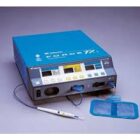
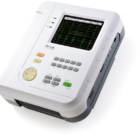
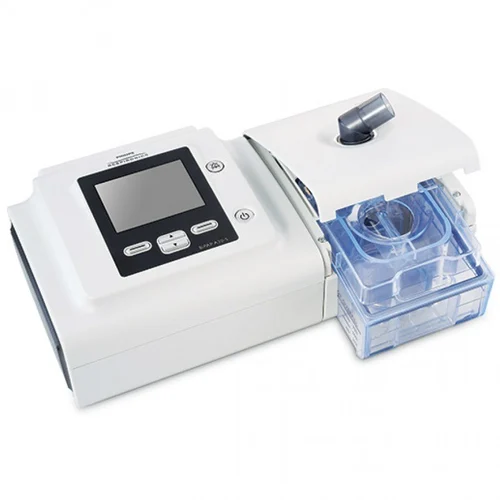

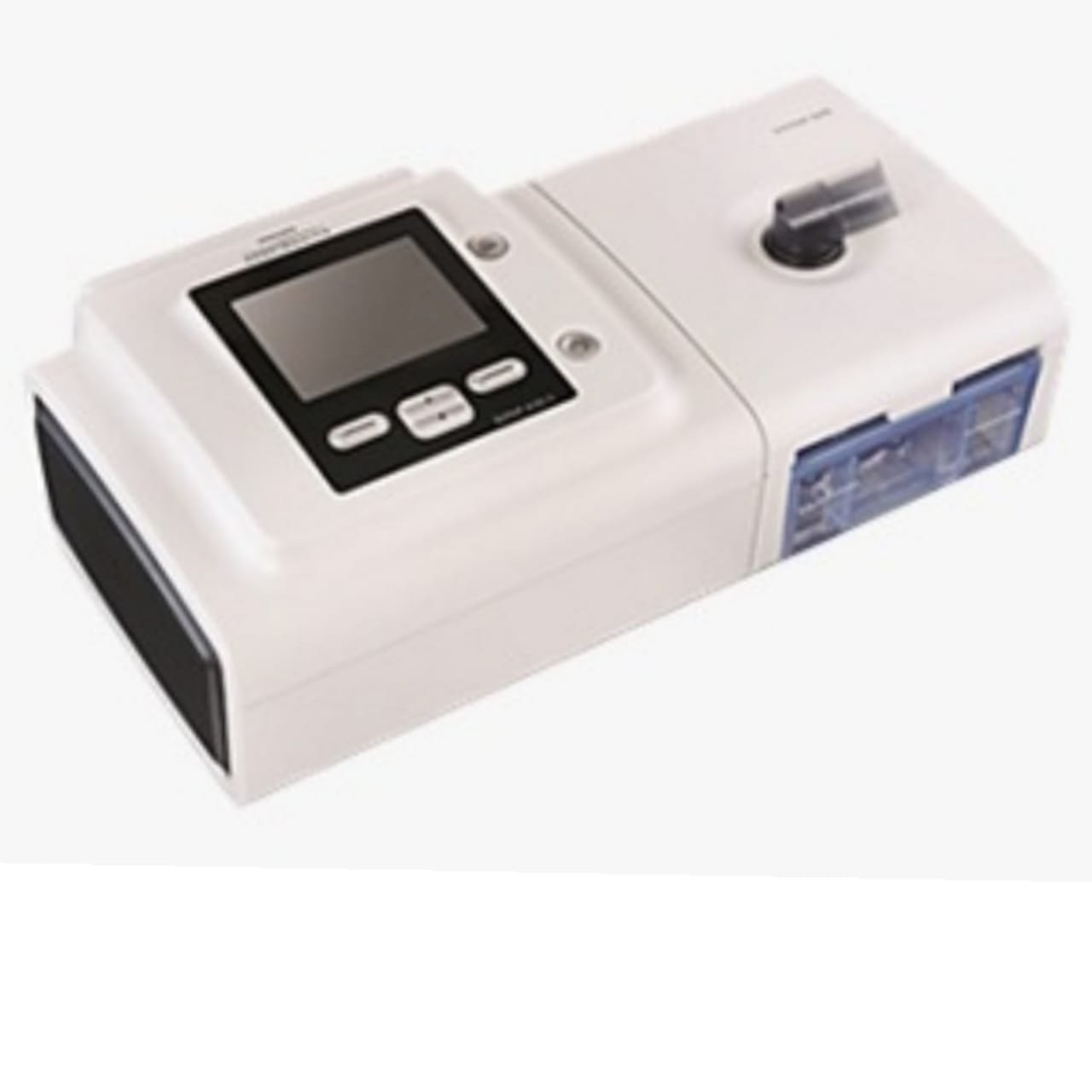
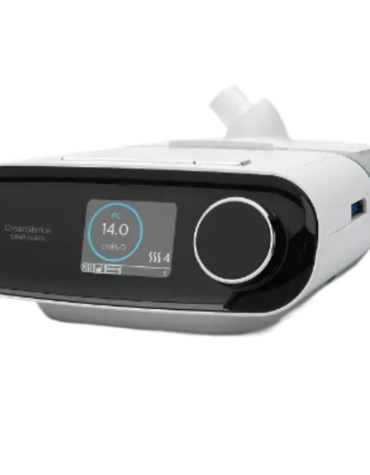

Customer reviews
Reviews
There are no reviews yet.
Write a customer review